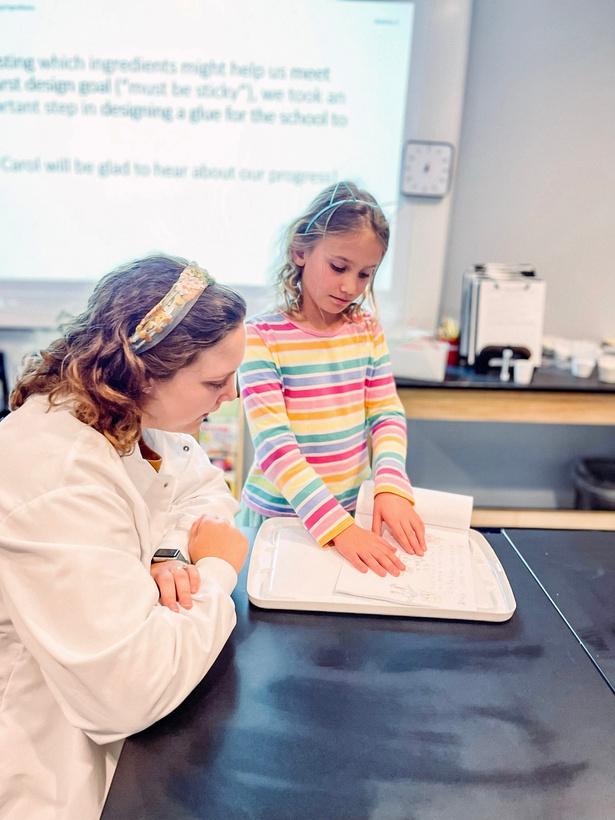
3 minute read
Elementary Gets a Makeover: Ways Departmentalization is Working for Westview
The mission of our school is to "provide a unique, specialized, and nurturing learning environment offering outstanding educational and social opportunities for children on the autism spectrum." Westview's Lower and Upper Elementary have transitioned to a departmentalized approach this academic year. Each teacher now focuses on fewer subjects, and students rotate among these specialized educators on a daily basis There are many benefits for teachers, students, and parents that we have seen so far.
Teachers are empowered to utilize their specialized knowledge and tailor instruction for each student in a targeted manner.
"I think one benefit of departmentalization is that it makes it easier to manage student groups by level when they switch classrooms as they change subjects," said Kenneth Choo, Upper Elementary Science and Drama teacher. "In the past, when students stayed in one room for most academic instruction, it was more challenging for the teacher to prepare suitable work for all levels in all subjects throughout the day."
Kenneth Choo
Students can learn in groups with similar learning styles as well as academic and social needs. In Language Arts and Reading, our approach involves working with small groups in order to provide each student with personalized learning materials, such as leveled readers that are aligned with their current reading level.
Additionally, we provide students with a carefully curated list of spelling words specifically tailored to the phonics lesson of the week. This approach strikes a balance between offering a challenging experience and avoiding frustration for our students.
This model enhances overall productivity by streamlining curriculum development, lesson planning, and assessment strategies across various subjects. Teachers can now optimize their time by attending a single meeting with fellow educators of the same subject across various grade levels, eliminating the need for multiple vertical alignment meetings. This allows them to invest more time in enhancing the quality of instruction for their respective subjects.
Furthermore, by implementing flexible grouping of students, the children are afforded the opportunity to establish new social connections and acclimate themselves to diverse instructional approaches.
This is a great opportunity for students, particularly for those transitioning to other educational institutions that implement this instructional model.
One of the goals for our students is to prepare them for the world beyond Westview to the best of our ability.
Christine Reilly
In self-contained classrooms, elementary students only had full-time access to approximately six to seven other students. Under the new model, students now mix with up to fifteen other students There are greater opportunities for friendship, flexibility, and natural social skill building
By offering students various avenues for learning and providing them with multiple teachers, we ensure that student social and academic needs are being adequately addressed. Granting parents the opportunity to engage with multiple educators enables them to obtain a broader understanding of their child's academic and social needs. Being a member of an educational institution that incorporates evidence-based practices to meet the needs of students, staff, and families is highly rewarding.
















